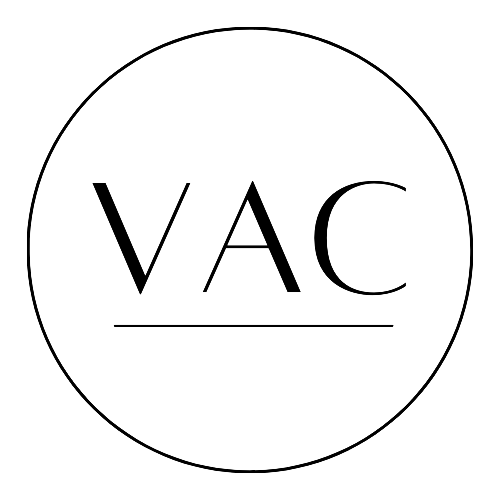Kassandra Palmer: A Meditation on Hope & Human Nature
Inspired by moments from her every day life, artist Kassandra Palmer creates visually compelling paintings that invite the viewer to contemplate human nature and remain hopeful during trying times.
Tell me about your background and where your creative journey began.
I spent most of my childhood in Green Bay, Wisconsin. Because the winters are so long and harsh there, most everyone is required to exercise creativity as a sort of means of survival. In my family, humor and cleverness were really valued, and we were taught not to buy anything unless we really needed it. I think that the practice of using what you have and not letting things go to waste is where a lot of early creativity grew from--my grandma, my mother and I are all expert “repurposers,” and we work with our hands a lot.
Where do you find inspiration for your work?
A little bit from things I’ve seen, a little bit from stories I’ve heard, and a little bit from things I’ve imagined--I take note of visually interesting moments from my daily life---like a man working on his roof, or a particularly striking fabric pattern, or the way water is moving in a lake. Sometimes those images don’t appear in the work for a long time, and I just continually file them in my head until they are ready to be transformed into something physical. Lately, I’ve been spending more time coming up with most of my ideas in the moments before I fall asleep.
What led you to create your USPS/Nature Magazine paintings, where you combine words with symbolism and visual imagery?
The USPS/Nature Magazine paintings were made as a direct response to the enormous grief and stress that this year has brought. I personally found solace in connecting to the way that life grows from death and to the fact that our own bodies and minds are a part of that natural process. Each “nature” painting became a sort of illustration of a quality that I wanted to see grow, and the project then expanded to have people commission paintings of qualities that they wanted to be reminded of or embody themselves. In the spirit of hope that defined this project, half the proceeds from the paintings were donated to the USPS as a way to support the delivery of mail in ballots in the weeks leading up to the US presidential election. Overall, the project was really a kind of meditation on hope and human nature, and a surprisingly intimate way to connect with people during the pandemic.
How has your work shifted and evolved over time?
In some ways, it feels like my work is always shifting. I allow for a lot of looseness in my mind and in my making--the idea that anything can happen in the studio is a big part of what makes being an artist worthwhile to me. At the same time, I recognize a lot of recurring themes and images, and no matter what medium I’m working in, it’s hard for me to ever really get too far away from painting and drawing as ways of thinking.
What does a typical day in the studio look like for you, and how has your art practice grown or changed?
I work best alone and during the day. Because of COVID, my husband now works from home, and my daughter doesn’t go to daycare, so that kind of ideal time I was describing is pretty hard to come by. As a result, I’ve had to learn to work more in pieces, I bought a daylight lamp so I can work better at night, and I’ve gotten a lot better at making the transition into and out of “studio brain.”
Which experiences have impacted your work as an artist?
Becoming a mother has probably been the most impactful experience on my work as an artist. Having a child has made me feel my vulnerability in the world in a new way, and it has also made me more efficient and intentional with my time and energy.
How has Instagram impacted your art career?
Instagram has been a great tool for staying connected to artists that I don’t get to see very often. During the pandemic, I’ve been grateful to at least see images of new art when seeing art in person is so difficult. Of course, the addictive quality of instagram is real, so I’ve been trying to use it more purposefully and less often.
What are your future goals and aspirations?
I’m really grateful whenever I’m able to be making art. I hope my practice as an artist is one that is lifelong.
Website: www.kassandrapalmer.com
Follow Kassandra on Instagram: @kassiebpalmer










